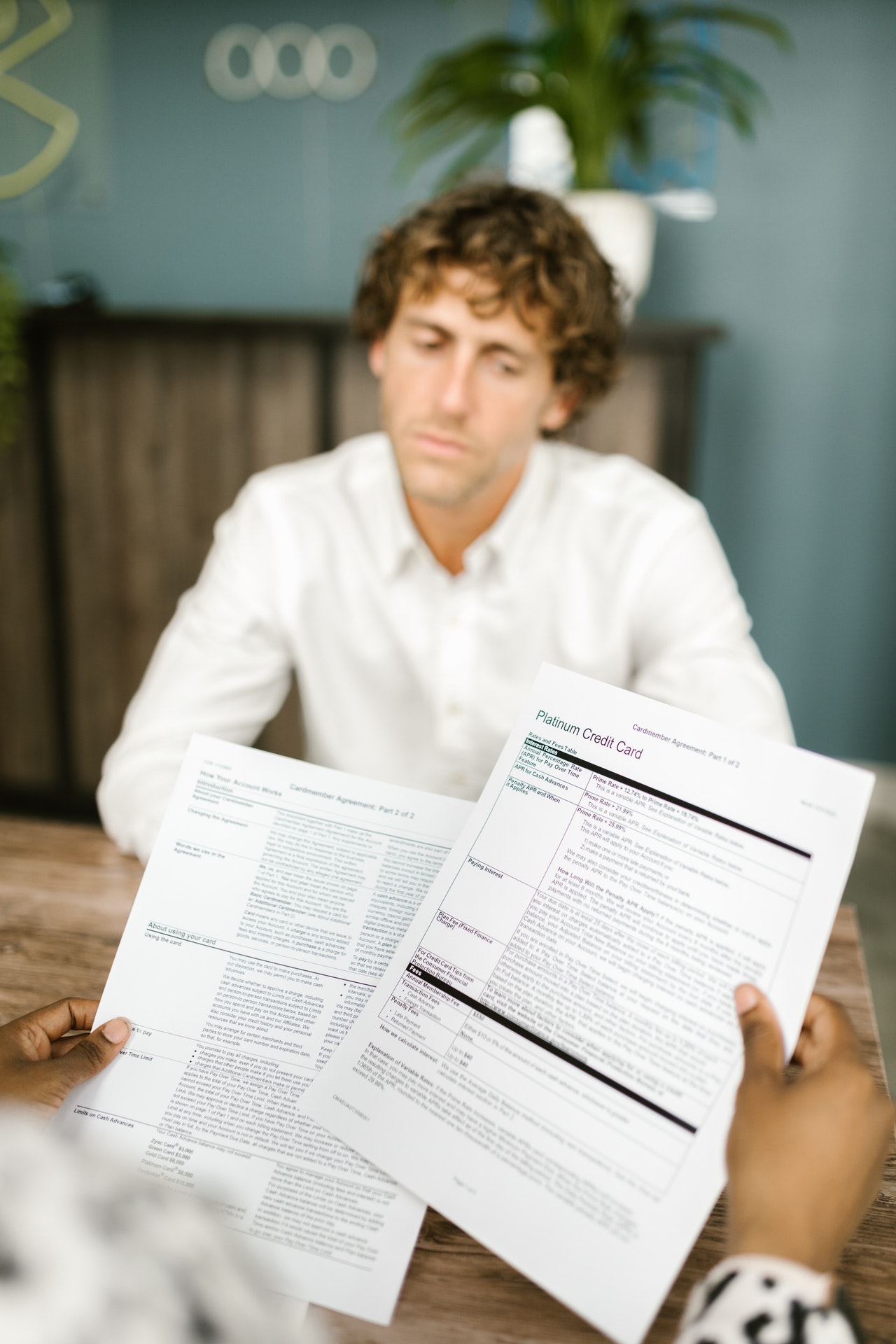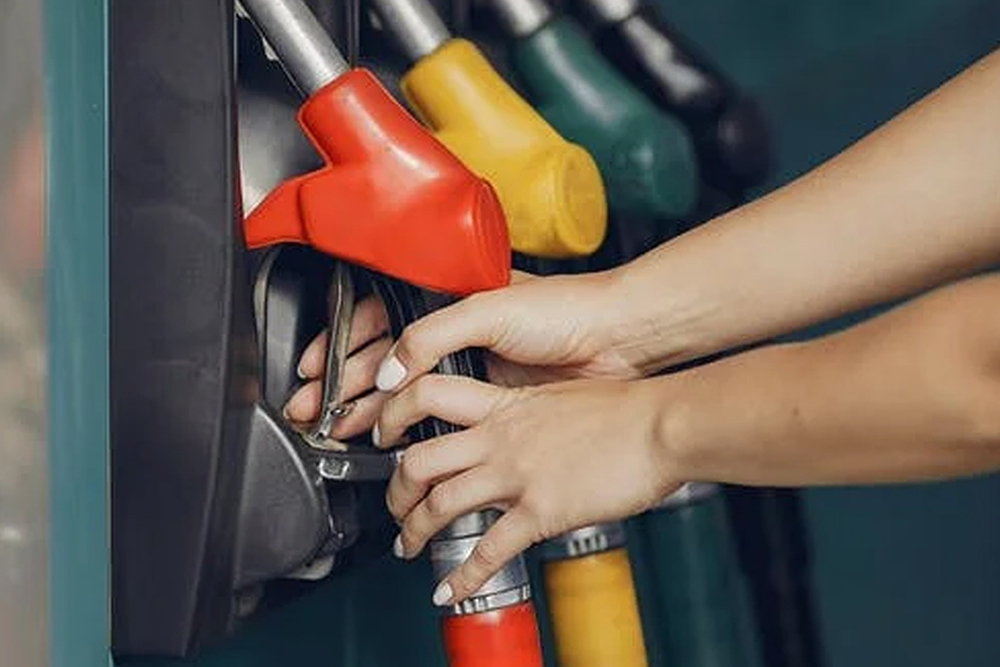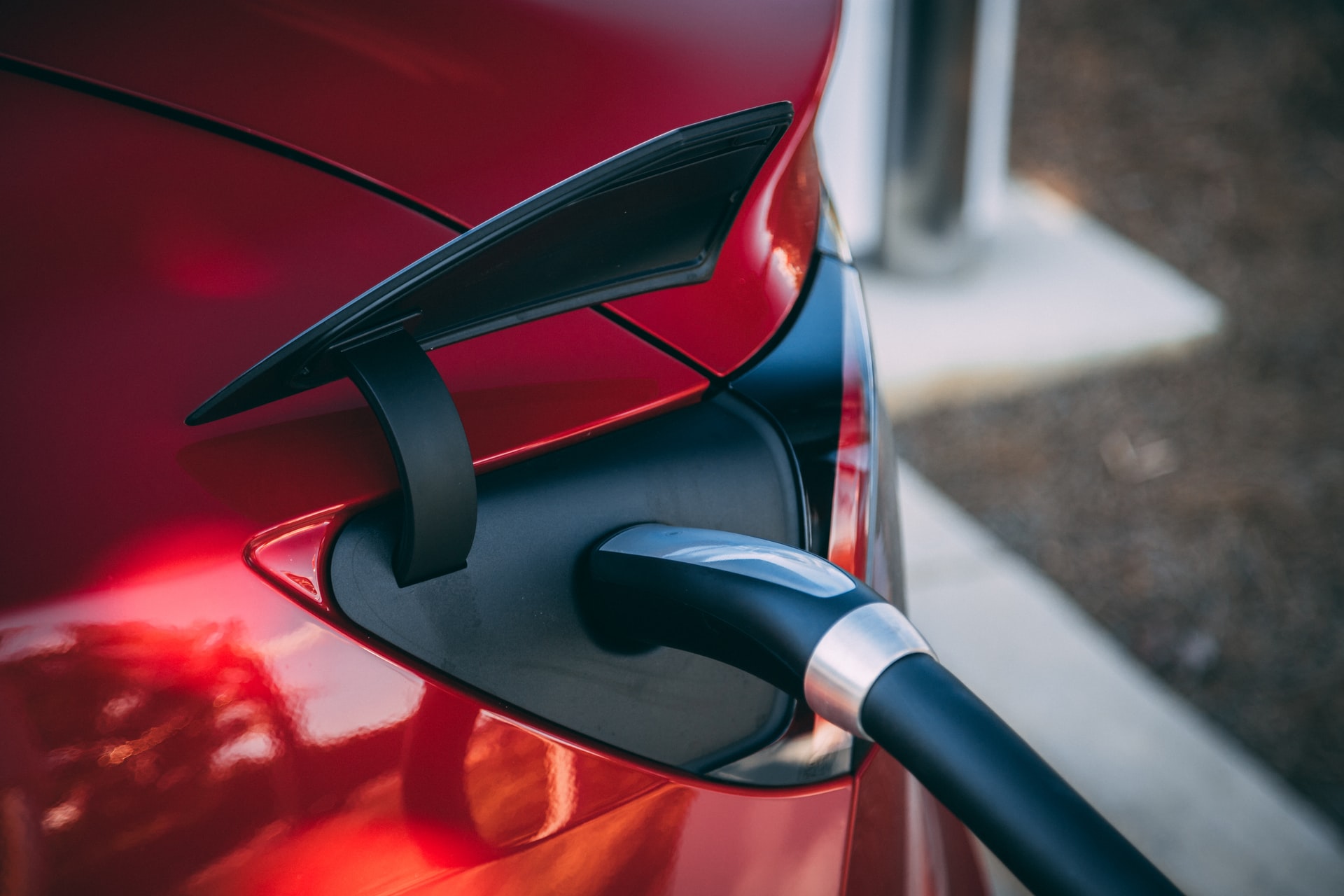
Roman Danaev
Even the most confident and assured drivers can get a little anxious before their MOT check. Here is what can help - learning from other people’s mistakes and acting proactively.
We’ve looked at the stats and identified the most common things that will fail an MOT. By the end of this article, you’ll know what car components you should pay special attention to and how to increase your chances of passing your next MOT.
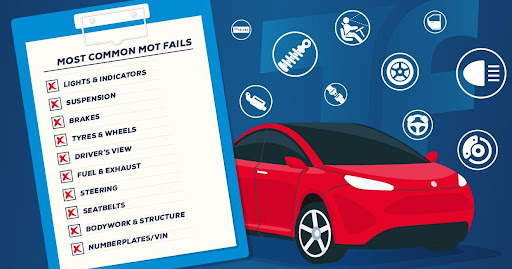
What is classed as an MOT failure?
MOT test centres categorise defects as dangerous, major, or minor. If the tester identifies a dangerous and major defect in a car, the test is considered failed. Minor defects are not serious enough to fail the test.
There are numerous things checked on MOT tests, so any component can potentially have a dangerous and major defect. Of course, some issues are more common than the other, which we’ll talk about in a short while.
Why do cars fail MOTs?
Any vehicle’s condition deteriorates over time. It’s also normal for a car to get damaged, especially when it’s in frequent use. These can usually be fixed by a mechanic within a day. But if the car owner neglects standard maintenance tasks, these minor faults develop into serious issues. That is when it turns from average wear into an MOT fail.
Of course, there may be other reasons why cars get to undrivable conditions. For example, the car might have been in an accident and wasn’t repaired properly or have a production defect. Whatever the reason, make sure to address them on time.
What are common MOT fails?
Without further ado, let’s get to MOT failures. Some of these fails are not relevant for an electric car MOT, but most of the points below apply to any type of car.
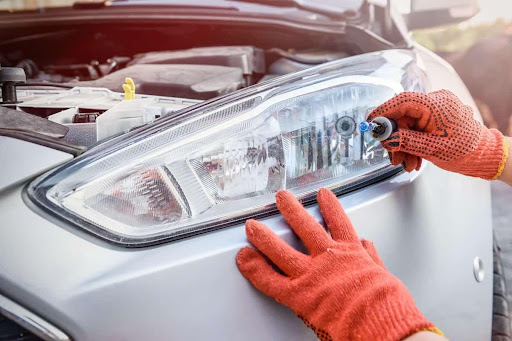
1. Headlights
Even thousand blown headlights are some of the easiest and cheapest issues to fix, they account for more MOT fails than any other one. Improper headlight direction or dim illumination, even during daylight hours, can also make you fail.
That said, beam deflectors aren’t considered an MOT failure.
2. Suspension
Suspension failures are very common in the UK and are found in every tenth test. The inspector will look at springs, shock absorbers, arms, rods, struts, sub-frames, anti-roll bars, joints, pins, and bushes. Every element should be secured tightly, and there must be no visible corrosion or leaks.
3. Brakes
The inspector will have a lot of ground to cover, and at any point, there might be a cause for a failed MOT. The biggest cause for concern is usually the condition and operation (service, secondary, parking, electronic) and brake fluid. Brakes that have not been refreshed after 50,000 miles are almost guaranteed to let you down.
4. Tyres
Here are some of the most frequent fails related to tyres: misalignment, low breadth of thread, lump, bulge, or tears, malfunctioning tyre pressure monitoring system, non-compliance with the manufacturer’s instructions, and incorrect aspect ratios of the tyres. Sidewall damage, often caused by stretched tyres, is also guilty of many test failures.
5. Driver’s View of the Road
Anything that obscures the driver’s visibility - including cracks, excessive scratching, stickers, and big windscreen-mounted phone cradles - will not pass. Washers not operating or missing will also cause a major common MOT fail.
The obscuration of the view will be judged from the driver’s seat, so do your check from there.
6. Fuel and Exhaust
Most pre-test fuel treatment packs help to clean out the fuel system, as emissions are an increasing cause of failures. Make sure the emission control equipment fitted by the manufacturer must not be defective, have any leaks, or emit clearly black smoke.
7. Steering
The biggest problems usually have something to do with free play in the steering, power steering fluid not reaching the minimum level, and excessive wear on the steering wheel, column, and handlebars. If any components are suspected to be potentially detectable during driving, the car won’t pass.
8. Seat Belts and Airbags
Any of the following issues will be classified as major fails: a statutory seat belt missing, detachable or loose anchorage, missing buckles, faulty retractors, and missing and inoperative airbags. The tester will also make an assessment of whether any of the seat belt or airbag components might be ineffective in the event of a collision.
9. Body and Structure
If the body is insecure and the structural rigidity is seriously reduced, it will immediately cause a failure. The tester will look at load-bearing structural elements, engine mountings, fastenings, bumpers, spare wheel carrier (if fitted), and towing equipment. None of them must be loose, damaged, or excessively worn.
10. Registration Plates
The most obvious but also most common problem with number plates is deterioration. Your car might fail simply because the plates are faded, scratched up, or plain dirty.
11. Brake Lights
If rear-position brake lamps light up with delay or do not emit a steady red light, the tester will mark it as a fail. As with headlamps, brake lights issues should be very easy to fix pre-MOT.
12. Direction Indicators
Direction indicators must emit an amber light, which sometimes gets neglected during repairs. The centre will also check the flash frequency of indicator lights, which must be between 60 to 120 times per minute.
13. Mirrors
It’s not common for rear-view mirrors to be missing (which also counts as major fail). However, mirrors that don’t provide an adequate view are seen rather frequently. It should be mentioned that loose mirrors are only minor faults.
14. Windscreen Wipers
The efficiency of wipers is important for clearing the driver’s view, but for some reason, it gets less attention than the condition of the windscreen. Over time, wipers get damaged by grit and dirt and might even split, you should take care of them before your annual MOT.
15. Vehicle Exterior
Doors can also get in your trouble. More specifically, if they don’t remain firmly closed and when they can’t be easily opened from inside and outside the car. Both things are considered to affect the car’s safety.
What cars are most likely to fail the MOT?
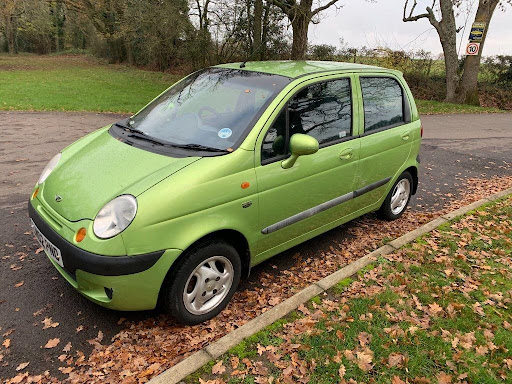
Some cars have less-than-average pass rates, with budget models from the 1990s performing the worst. Below is the table with car makes that are least successful at passing MOT checks.
| Make | Tests | Pass Rate |
|---|---|---|
| 1. Daewoo | 4,130 | 45.98% |
| 2. Proton | 3,858 | 52.88% |
| 3. Chevrolet | 76,726 | 54.28% |
| 4. MCC | 1,239 | 56.82% |
| 5. Great Wall | 1,492 | 57.51% |
| 6. Dodge | 8,002 | 58.44% |
| 7. Saab | 70,432 | 60.17% |
| 8. Rover | 43,483 | 60.40% |
| 9. Renault | 970,438 | 60.81% |
| 10. Daihatsu | 19,841 | 62.14% |
Source: MOT stats
MOT stats offers statistics based on the past results of MOT tests, including the most common fails, pass rates, busiest days for tests, and more.
How to avoid MOT failure
If you have some time before your MOT due date, it’d be wise to do a few quick checks. You’ll either confirm that the car is in a good enough condition or identify issues that you can fix before the official inspection.
Also, make sure to organise everything you need to take on an MOT to be fully prepared.
Check your tyre tread with a 20p coin
Place a coin on the tyre’s major tread grooves. If the outer band of the coin can't be seen, it means you are within the required tyre thread limit of 1.6mm.
Check all lights are working
Ask a friend or family member to walk around your whilst you operate the lights, including all indicator lights.
Top up fluid levels
Keep all fluids topped up, including engine oil, antifreeze, brake fluid, power steering fluid, clutch fluid, and washer fluid. If it hasn’t been long since you topped any of these up, but the reservoir is empty, there might be a bigger problem.
Test your brakes
Make sure there is no one behind you, speed up to around 30mph and brake to a stop. The stop should be smooth, and the car shouldn’t pull to the side.
No chips on the windscreen
The windscreen should have no significant damage; seek immediate repairs if you see the first signs. It’s also worth inspecting everything around the windscreen, especially the wipers.
Let’s wrap this up
All the common MOT fails described above are the areas you should prioritise first. But it’s also important to keep in mind these are not the only things worth maintaining and fixing. For your own safety and comfort, keeping your entire in proper running order, without exclusively relying on MOT tests.
If you want to learn more about MOT or any other car-related topic, feel free to check out other Carplus articles. Also, for those considering getting a new car on finance, make sure to compare the best deals using our online tool. Getting quote decisions has never been easier!
Contents
Latest News
| Loan amount: | £16,000 |
|---|---|
| Length of loan: | 60 months |
| Interest rate: | 12,9% |
| Amount of interest | £5,793.84 |
| Total payment: | £21,793.84 |

